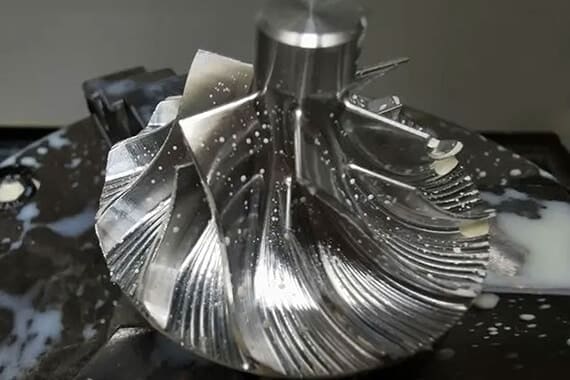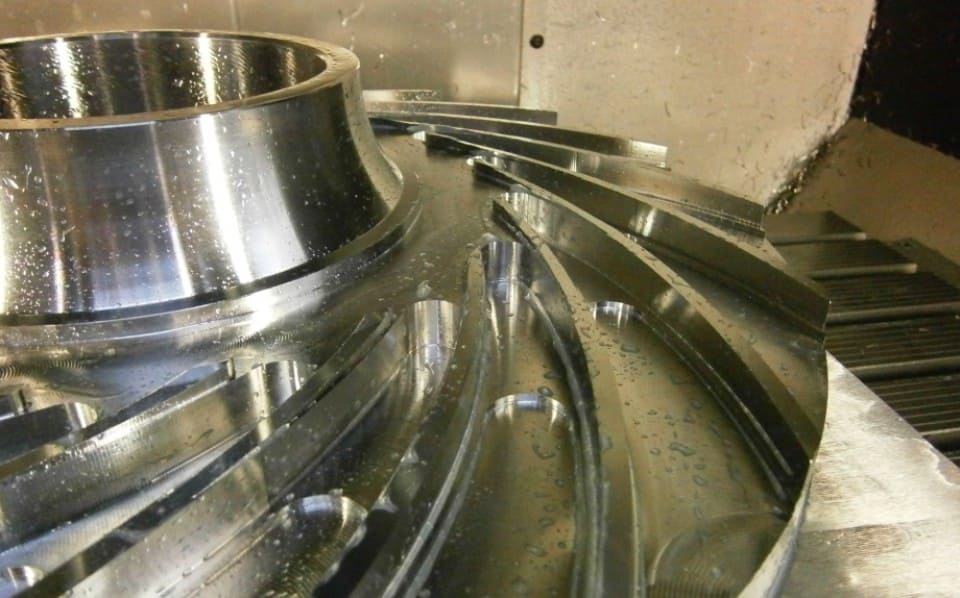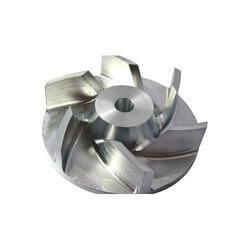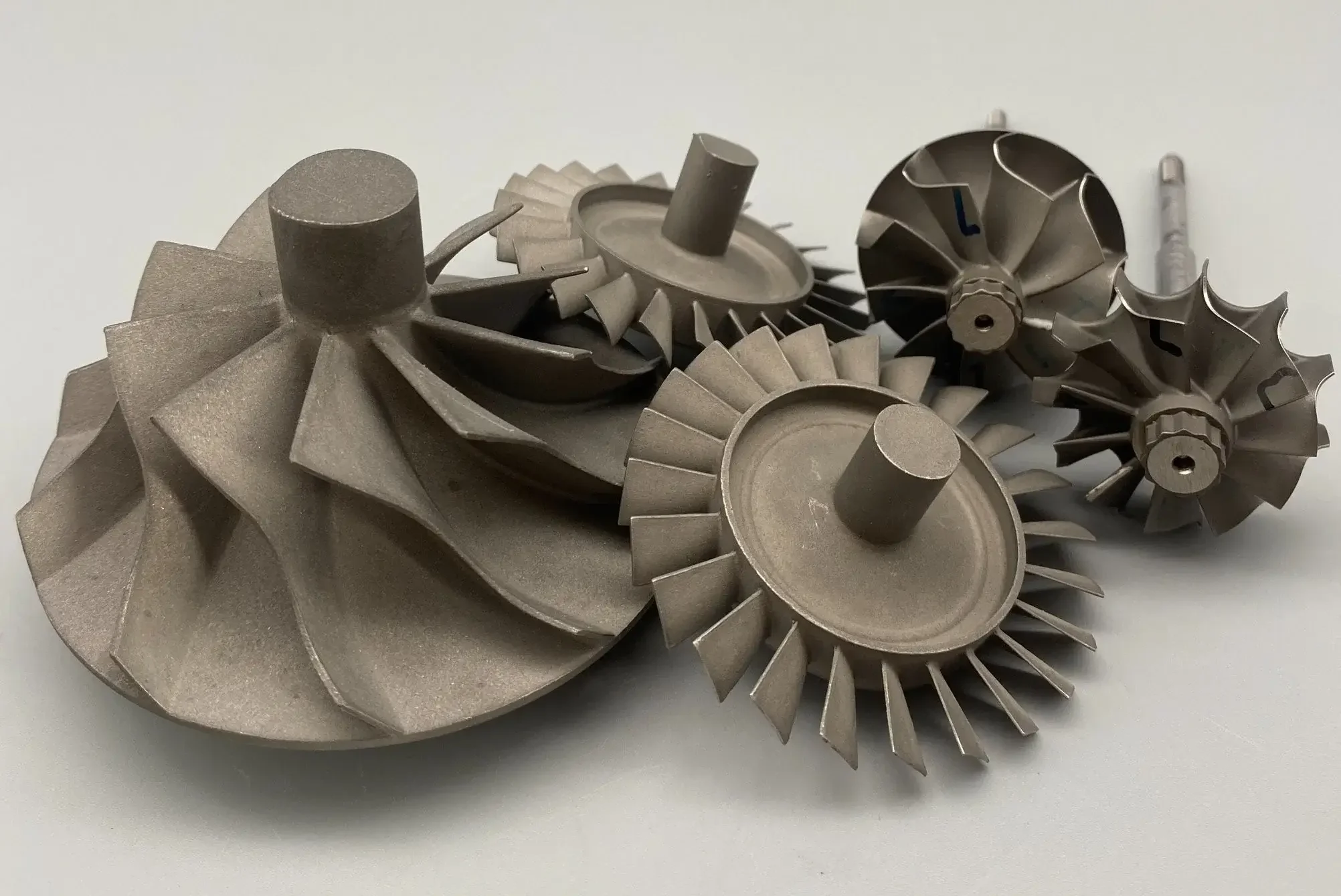Understanding the Basics of Impeller Machining
In the modern industrial field, impeller machining plays a vital role. As the core component of many key equipment, the machining process of impeller is complex and demanding. So, what are the key aspects of impeller machining? Let’s explore the basics of impeller machining.
1.The importance of impellers
Impellers are key components in many industries and play an indispensable role in aerospace, automotive, and power generation. They are mainly used to transport fluids or gases and are commonly found in pumps, compressors, and turbines. Impeller processing involves the shaping and finishing of blades, and strict requirements are key to ensuring their optimal performance.
2.Material selection
The first step in impeller processing is to choose the right material. Impellers are usually made of metals such as stainless steel, aluminum, or titanium. The choice of material depends on factors such as application scenarios, operating conditions, and required performance characteristics. Each material has its own unique challenges during processing and requires specific tools and techniques.

3.Design considerations
After selecting the material, the next step is to design the impeller. This includes determining the number and shape of the blades, as well as the size and angle of the blades. The design process must fully consider factors such as fluid dynamics, aerodynamics, and structural integrity. Computer-aided design (CAD) software is often used to create accurate and efficient impeller designs.
4.Complex processing process
With a design plan, you can start the impeller processing process. Impeller processing usually involves multiple operations such as turning, milling, drilling, and grinding. Each operation requires specialized tools and techniques to achieve the desired shape, surface finish, and dimensional accuracy. CNC (computer numerical control) machines are widely used in impeller machining because of their high precision and repeatability.

5.Challenges of blade profile
One of the key challenges in impeller machining is to achieve the desired blade profile. The shape of the blade directly affects the performance of the impeller, including its efficiency and flow characteristics. Machining blades requires a high degree of focus and superb skills, and usually requires the use of specialized cutting tools, such as end mills or ball mills, to create the desired shape and surface finish.
6.Balancing
Another important aspect of impeller machining is balancing. Balancing is essential to ensure smooth operation of the impeller and prevent excessive vibration, which can cause premature wear and failure. Balancing involves removing material from specific areas of the impeller to achieve an even distribution of mass. This is usually done using precision machining techniques or by adding balancing weights.
7.Strict quality control
Quality control is essential throughout the impeller machining process. The impeller must meet strict dimensional and performance specifications to ensure reliable operation. This requires regular inspections and measurements to verify the accuracy of the machining operations. Advanced metrology tools such as coordinate measuring machines (CMMs) or laser scanners are often used to ensure the highest level of precision and accuracy.

Summary
In summary, impeller machining is a complex process that requires in-depth understanding and mastery of the basics. From material selection to design, machining operations to quality control, each step must be carefully executed to achieve optimal performance. By mastering the basics of impeller machining, manufacturers can produce high-quality impellers that meet the demanding requirements of various industries and contribute to the development of modern industry.
